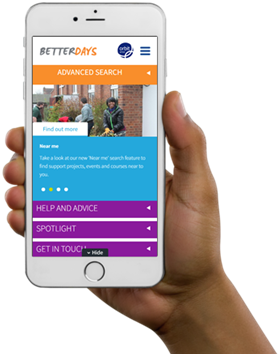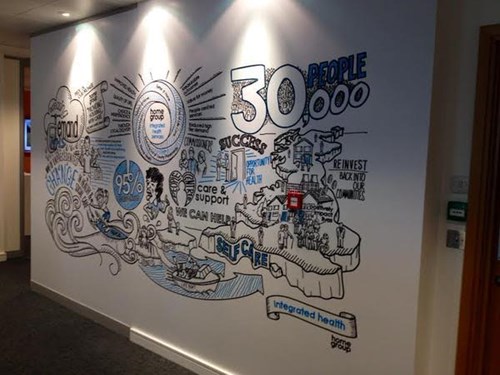There are many reasons for public sector organisations to begin a digital transformation journey; the two most common reasons are to increase organisational efficiency and improve customer experience. It is easy to see the attraction of moving services into an online environment as part of a number of initiatives to reduce costs across our public sector system. The desire to improve customer experience through digital transformation seems to make sense when taking into account the continual increase of internet usage across all of our adult population, and particularly those aged 65+:
- 88% of all adults use the internet
- 99% of adults aged 16 to 24 use the internet
- The largest increases in the number of internet users are women aged 75 and over (169.0%), women aged 65 to 74 (80.7%) and men aged 75 and over (80.3%)
- There are over 38,000,000 active social media users
- 73% internet users – which is 63% of all adults - have a social media profile, with 9 in 10 having a Facebook page
- 65% of those with a social media profile say they visit social media sites more than once a day, and they mostly use a smartphone to do this.
So, digital transformation certainly seems to be the way forward, however successful digital journeys are few and far between. Forbes estimates that 84% of companies fail at digital transformation, whilst McKinsey estimates a more conservative 70% failure rate.

Digital transformation is a journey and one that may not have an immediate end point, or one that you can see on the horizon. This is because technology and digital solutions keep advancing and evolving, and so do the wants and needs of your customers. Therefore, your digital transformation strategy is one that also needs to evolve and adapt over time. But this doesn’t necessarily explain why so many organisations are failing in their attempts to embrace digital more completely into their service offering and ways of working.
Whether you are just starting out on your transformation journey or if you have formalised your strategy and are underway, I would like to make one recommendation to you - consider undertaking a demand analysis. A demand analysis starts with you really understanding who your customers are and engaging them to find out what is most important to them and what digital services they expect and need. Equally, you need to find out what they don’t want from a digital perspective.
At ICE Creates, we advocate a people-centred approach and apply this in all of our work with our public sector partners. A focal point of this approach is demand analysis to understand how your customers interact with your organisation and the services you provide. We work with your customers to establish how demand can be managed more effectively and, in some instances, how it can be removed from the system by co-designing a better way of working. We’d really like to support you to implement a digital transformation strategy that meets your organisational objectives and also delivers an exceptional customer experience.
I recently came across a published tender opportunity from an organisation looking to procure a digital complaints handling system to log complaints received from web forms, email and by post. I can see that internally this makes sense and will no doubt save the organisation substantial sums currently spent on manual complaints handling and logging. Tick. Problem solved. Money saved. However, perhaps a better way of dealing with this is through a demand and root cause analysis, looking into the areas where the complaints are generated from and working with customers and staff to define the solution, implement the changes and resolve the problems. This then removes the need to source a digital complaints handling solution.
Although the evidence suggests more and more adults are using the internet regularly, it doesn’t necessarily mean they use it all the time for everything. This will have an impact upon your digital transformation strategy. Moving services online will not necessarily work if your customers do not want to be engaged through a digital channel for that service. Over the years, I have come to trust online banking. I am old enough to remember the early days of internet banking and some of the security issues that meant I wasn’t an early adopter, more in the late majority. Now, I save my bank a small fortune by conducting all of my transactions online; I manage my accounts online, I pay my bills online, I switch money between my accounts online. By using my heuristics to trial it in the first instance and being successful, my self-efficacy improved and has empowered me to become more and more ambitious with online banking, encouraging me to try new services.
But, every now and then, I need to talk to someone. Noticing a payment to someone I don’t recognise cannot be resolved online, even through the chat facility. I need to speak to a human being, a life saver, a hero in customer services who can look into the issue and reassure me – even if they are using digital solutions to help me! The point is that you need to have a very clear vision for how digital is going to become part of your service offering from the perspective of your customers, finding out what they need and not what you think they need. Transferring a service wholesale into a digital environment may make absolute sense from your organisational perspective, but if it does not match your customers’ expectations, you may find yourself needing to procure a digital complaints handling system to deal with a sudden increase in objections from your customers.
So please get in touch with me and together, we can explore the steps we can put in place together to ensure your journey is a successful one.
- Paul
0151 647 4700
07970 037 012
 collective voice
collective voice





